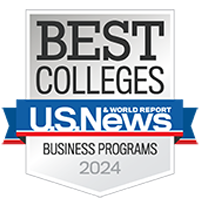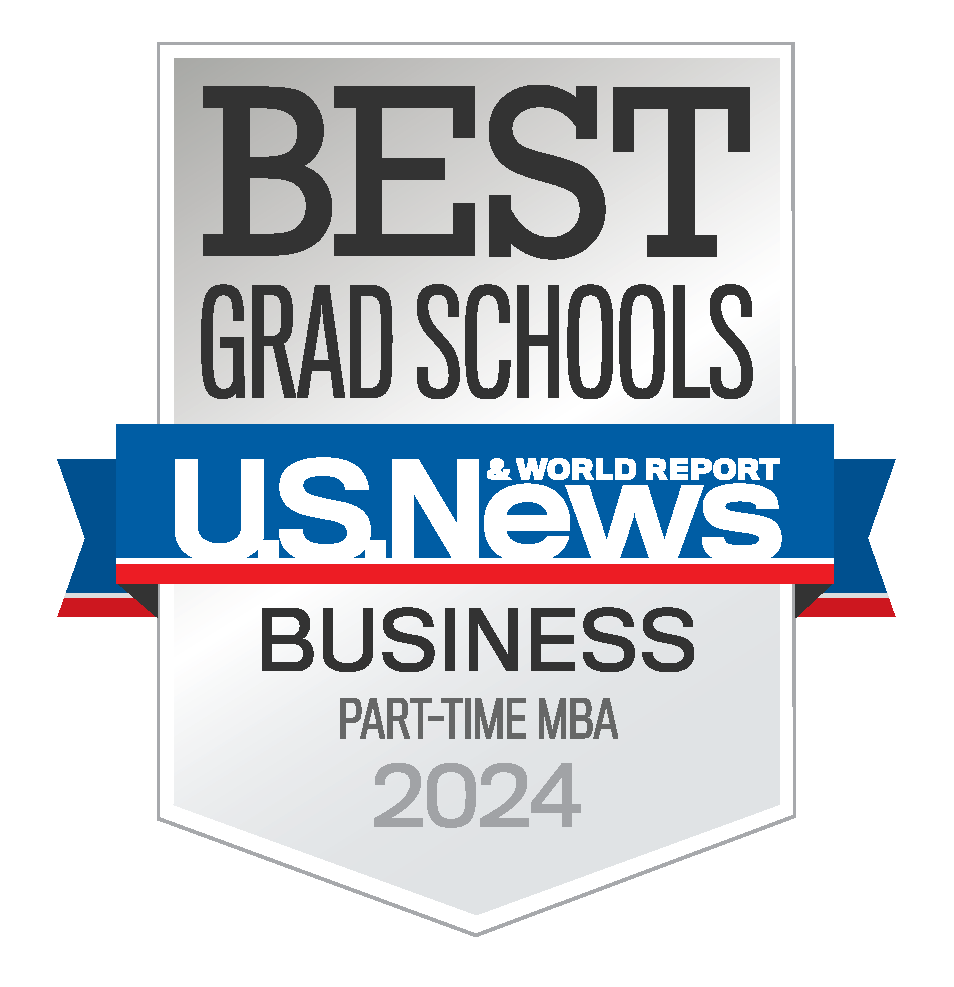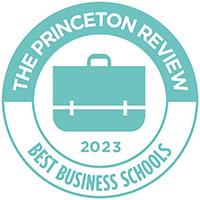Kyunghee Lee accepted for publication in MIS Quarterly
Mike Ilitch School of Business Assistant Professor of Information Systems Management Kyunghee Lee has been accepted for publication in MIS Quarterly, which focuses on knowledge concerning development of IT-based services, management of IT resources and the use, impact and economics of IT with managerial, organizational and societal implications.
The article, “On the Impact of Ride-Hailing Services on the Transportation Mode Choices of Drivers, Riders, and Walkers: An Empirical Study of Uber Entry,” was co-authored by Animesh Animesh (McGill University), Qianrin Jin (Chinese University of Hong Kong) and Jui Ramaprasad (University of Maryland).
Abstract
The rise of technology-enabled ride-hailing services, like Uber and Lyft, has affected travel behavior and transportation-related decisions of individuals, which in turn has consequences for environmental sustainability. However, the impact of these ride-hailing services is likely to be heterogeneous, varying across traveler segments that differ in terms of their usage of various modes of transportation. Policy decisions based on analyses that do not consider why we observe impacts of ride-hailing services on transportation decisions, i.e., by considering the varying impact on the traveler segments, may be misguided. The goal of this paper is to develop and leverage a framework that allows us to examine the impact of ride-hailing services on the transportation mode choice for three different traveler segments: drivers (who primarily use a personal automobile to travel), riders (who primarily take public transit to travel) and walkers (who primarily take non-motorized modes of transport). That is, we first develop a framework that outlines how the behavior of these different traveler segments will be impacted by the presence of a ride-hailing service. Next, we compile a rich dataset that includes data on public transportation ridership, the degree of traffic congestion, and survey data on individual transportation mode choice. Then, we employ a difference-in-difference methodology to estimate the impact of Uber, the dominant ride-hailing service, on the role of each traveler segment in increasing/decreasing traffic congestion and public transit ridership. Our results show that Uber entry has allowed walkers as well riders to utilize Uber to travel more conveniently as reflected in an increase in traffic congestion, while inducing drivers to substitute their use of private automobiles with a combination of Uber and public transit. By estimating our models using traffic congestion as the dependent variable and supplementing this with analysis using public transportation ridership data, we are able to get at the nuances of the changes in transportation decisions by each of these traveler segments. We also introduce urban compactness as a measure that can be used to assess the heterogeneous impact of ride-hailing services for different cities, which differ in terms of the distribution of the traveler segments. We find that the entry of Uber increases traffic congestion and reduces public transit demand more in a city with a higher urban compactness index, i.e., where the proportion of riders and walkers is higher than that of drivers. We contribute by providing a holistic framework, which allows us to understand the mechanism underlying the impact of ride-hailing services on public transit and traffic congestion. Further, from the practical perspective, urban planners can leverage this framework, methodology, and empirical results to guide city planning decisions based on the proportion of different traveler segments in a given city, and policymakers can use our results to examine implications for sustainability.



